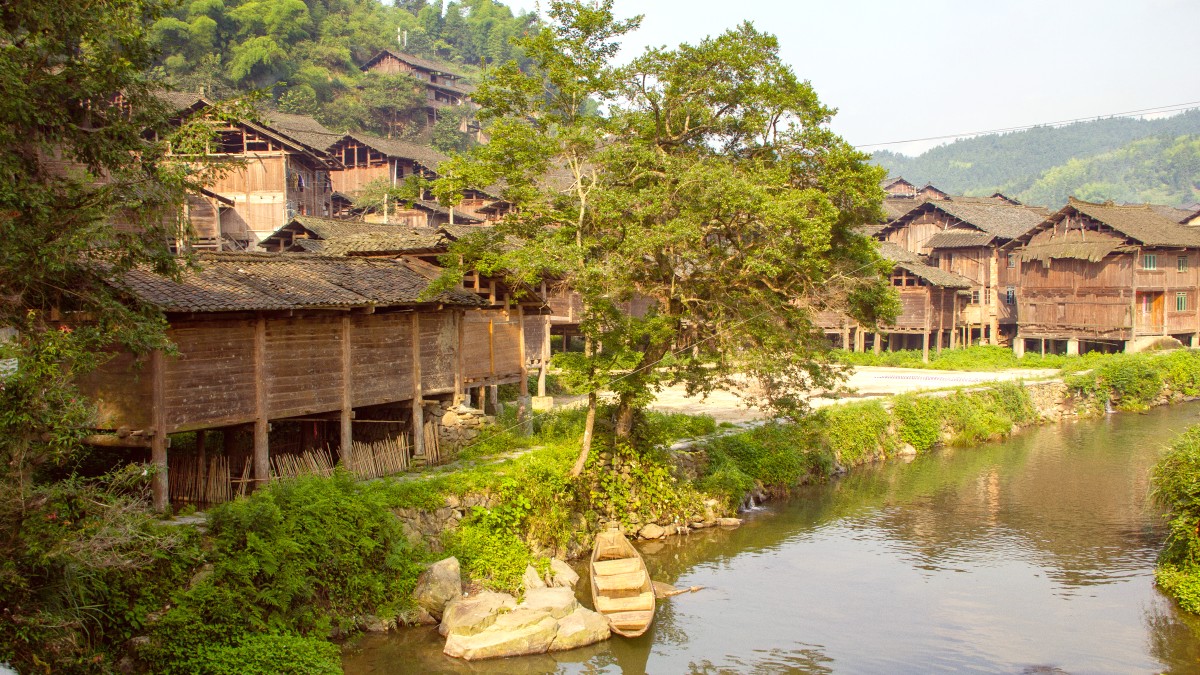
Guizhou, China
The Guiyang Metro operates as a modern and efficient subway system. Line 1 runs north-south through the city center, connecting major areas. Line 2 runs east-west, providing direct connection from Guiyang Longdongbao International Airport to the city center.
Guiyang's extensive bus network covers the entire city and surrounding areas. Buses are generally slower than the metro due to traffic but reach more destinations directly. They are a good option for shorter distances or areas not yet served by the metro.
WeChat Pay or Alipay simplify ticketing for metro and buses. This is the preferred method for most locals, providing a seamless and cashless experience.
Use Baidu Maps or Amap for real-time public transport directions. A basic comprehension of Chinese characters or Pinyin aids navigation.
Metro stations are generally accessible with elevators and escalators. Public buses and older city areas may have limited accessibility for mobility needs.
Green or blue, with "TAXI" signs. Metered fares. Can be hailed on the street.
Flag-down: ¥8-10. Per km: ¥1.6-2.2. Airport to city center: ¥50-80.
Cash accepted, but WeChat Pay or Alipay are strongly preferred by drivers.
China's dominant ride-sharing app (like Uber/Lyft). Various service levels. Link international credit cards.
While car rentals for self-driving present complexities for tourists, other rental options like bicycles offer ways to explore Guiyang.
Official hop-on-hop-off services are limited. Some local tour operators run buses for day trips to attractions outside city center.
Not a significant transport mode. Recreational boating exists in parks and lakes (Huaxi Park, Red Maple Lake) for scenery.
Qianling Mountain Cableway within Qianling Park offers scenic views, ascending to Hongfu Temple and higher viewpoints.
Guiyang offers pedestrian-friendly areas and limited cycling infrastructure. Knowing where to walk and cycle maximizes enjoyment and safety.
Formal English-language guided walking tours are limited. Local tour operators or private guides might offer customized tours, especially in Qingyan Ancient Town.
Self-guided walks are easy with mapping apps.
Newer infrastructure like the Guiyang Metro holds relative accessibility with elevators and ramps.
Older city parts, public buses, and some traditional attractions may present challenges.
Research specific locations beforehand. Consider hiring private transport or a local guide if accessibility is a main concern.
Prioritize your comfort and ease of movement.
Guiyang's diverse transportation landscape accommodates various travel preferences. Whether by efficient metro, extensive bus network, or convenient ride-sharing, moving within the city is straightforward.
Embrace the local transport options for an authentic and accessible exploration of Guiyang.